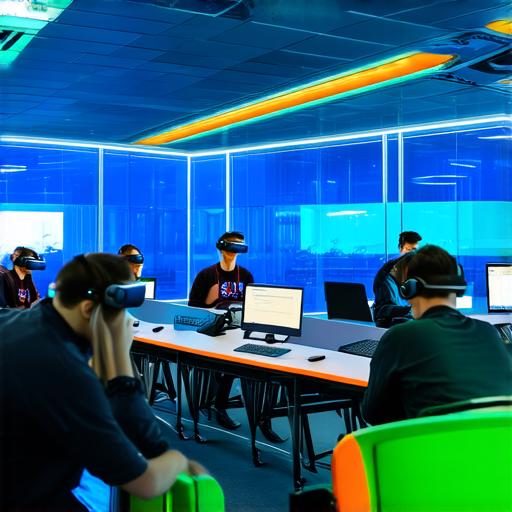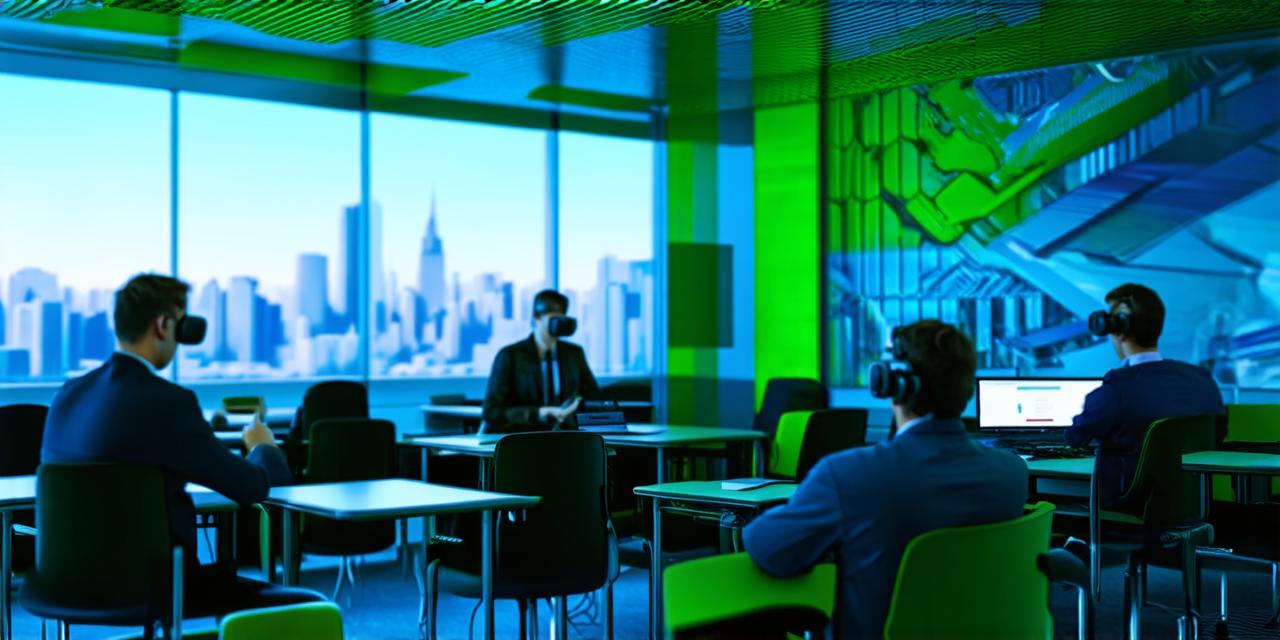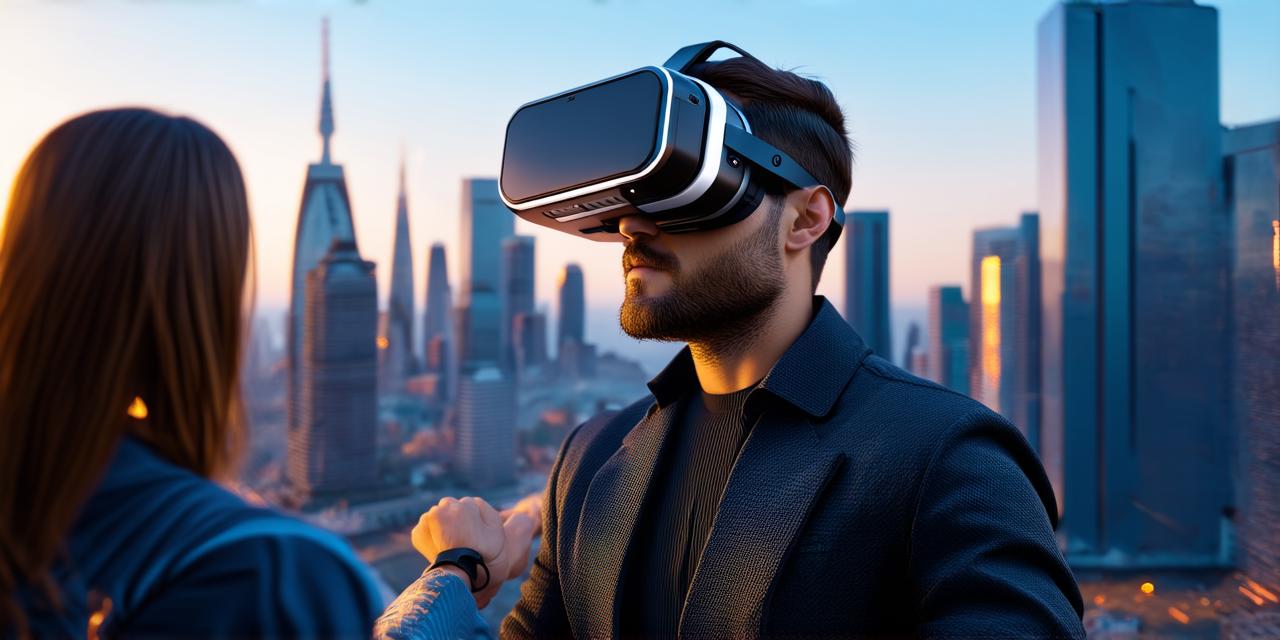Introduction
Virtual reality (VR) and augmented reality (AR) have been transforming the way we learn and interact with digital content. With VR, students can immerse themselves in a virtual world and experience learning in a whole new way. But what about implementing VR in educational settings? In this article, we will explore ways to use virtual reality in the classroom, including case studies and personal experiences from AR developers.
1. Virtual Field Trips
One of the most popular uses for VR in education is virtual field trips. Students can explore different parts of the world or even outer space without leaving the classroom. For example, a high school history class took a virtual trip to ancient Greece where they could see and interact with historical landmarks such as the Parthenon and the Acropolis. This experience allowed students to gain a deeper understanding of ancient Greek culture and history.
2. Virtual Science Labs
Virtual science labs allow students to conduct experiments in a safe and controlled environment. For example, a chemistry class used a virtual lab to simulate a chemical reaction between hydrogen and oxygen. Students could see the atoms interact and even control variables such as temperature and pressure. This experience not only allowed students to learn about chemistry but also helped them develop critical thinking skills.
3. Virtual History Classes
Virtual history classes allow students to explore historical events in a more immersive way. For example, a history class took a virtual tour of the American Revolution where they could see battles, interact with historical figures and even participate in key events such as the signing of the Declaration of Independence. This experience allowed students to gain a deeper understanding of American history and culture.
4. Virtual Language Learning
Virtual language learning allows students to practice speaking and listening skills in a virtual environment. For example, a Spanish class used a virtual language program where they could interact with native speakers from different parts of the world. Students could practice their Spanish skills and learn about different cultures in a fun and engaging way.
5. Virtual Art Classes
Virtual art classes allow students to create art in a virtual environment. For example, an art class used a virtual reality platform where they could create 3D models, sculptures and even animations. This experience not only allowed students to learn about art but also helped them develop their creativity and problem-solving skills.
Conclusion
Virtual reality has the potential to revolutionize education by providing immersive and interactive learning experiences. AR developers can play a key role in implementing VR in educational settings by creating virtual environments, applications and programs that engage students and enhance learning. As technology continues to evolve, we can expect to see more innovative ways to use VR in the classroom. So, let’s embrace this new era of learning and make the most of it!
FAQs
1. What are some benefits of using virtual reality in education?
Virtual reality can enhance student engagement, improve retention and provide immersive learning experiences that allow students to gain a deeper understanding of subjects.
2. How can AR developers create educational VR content?
AR developers can use 3D modeling software, programming languages such as Unity and Unreal Engine, and motion capture technology to create interactive and engaging VR experiences.
3. What are some challenges of implementing virtual reality in education?

Challenges include cost, lack of resources and expertise, and the need for specialized equipment such as VR headsets.
4. Are there any risks associated with using virtual reality in education?
Yes, there are potential risks such as motion sickness, eye strain, and disorientation in some students. It is important to provide appropriate training and guidance for both teachers and students.




